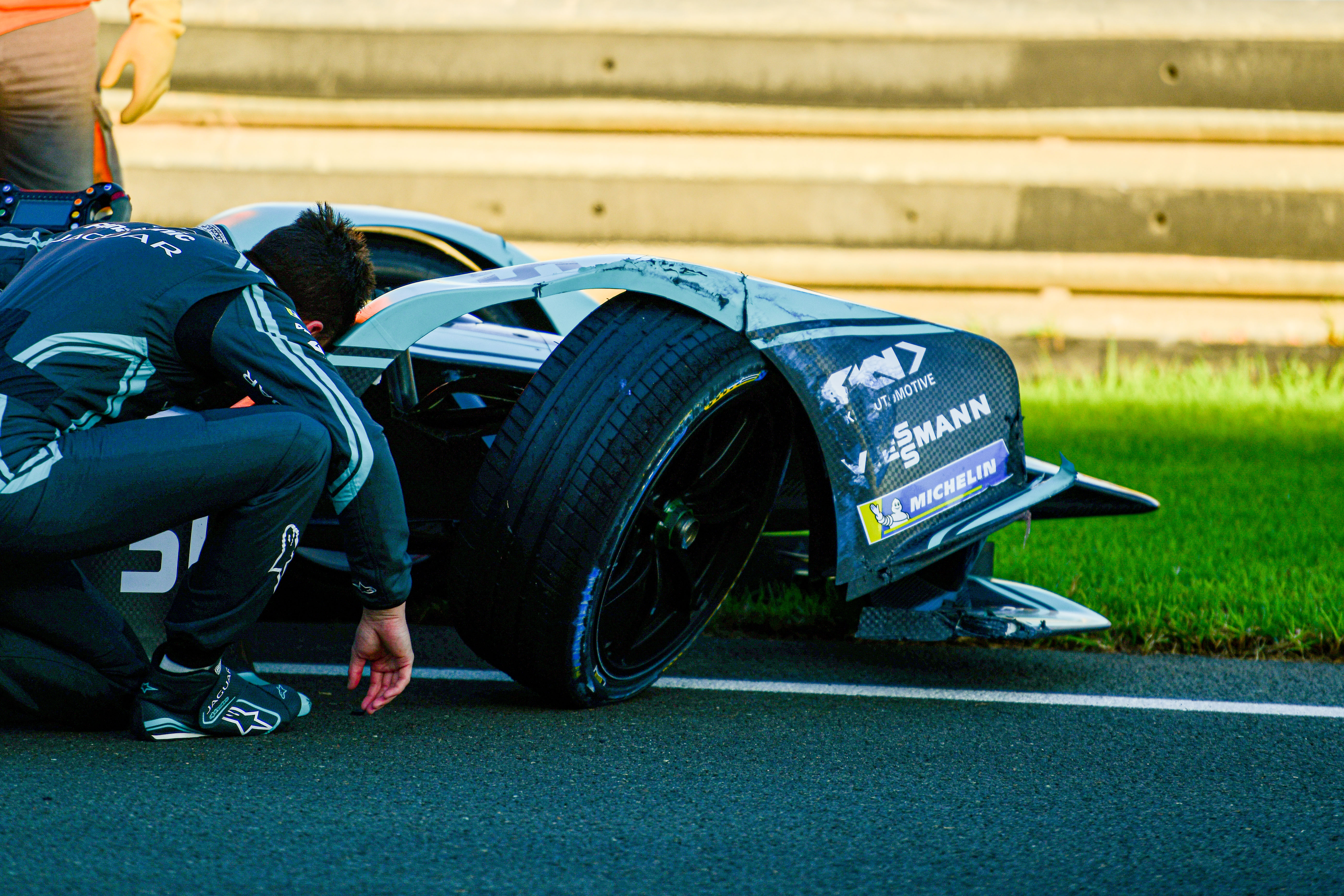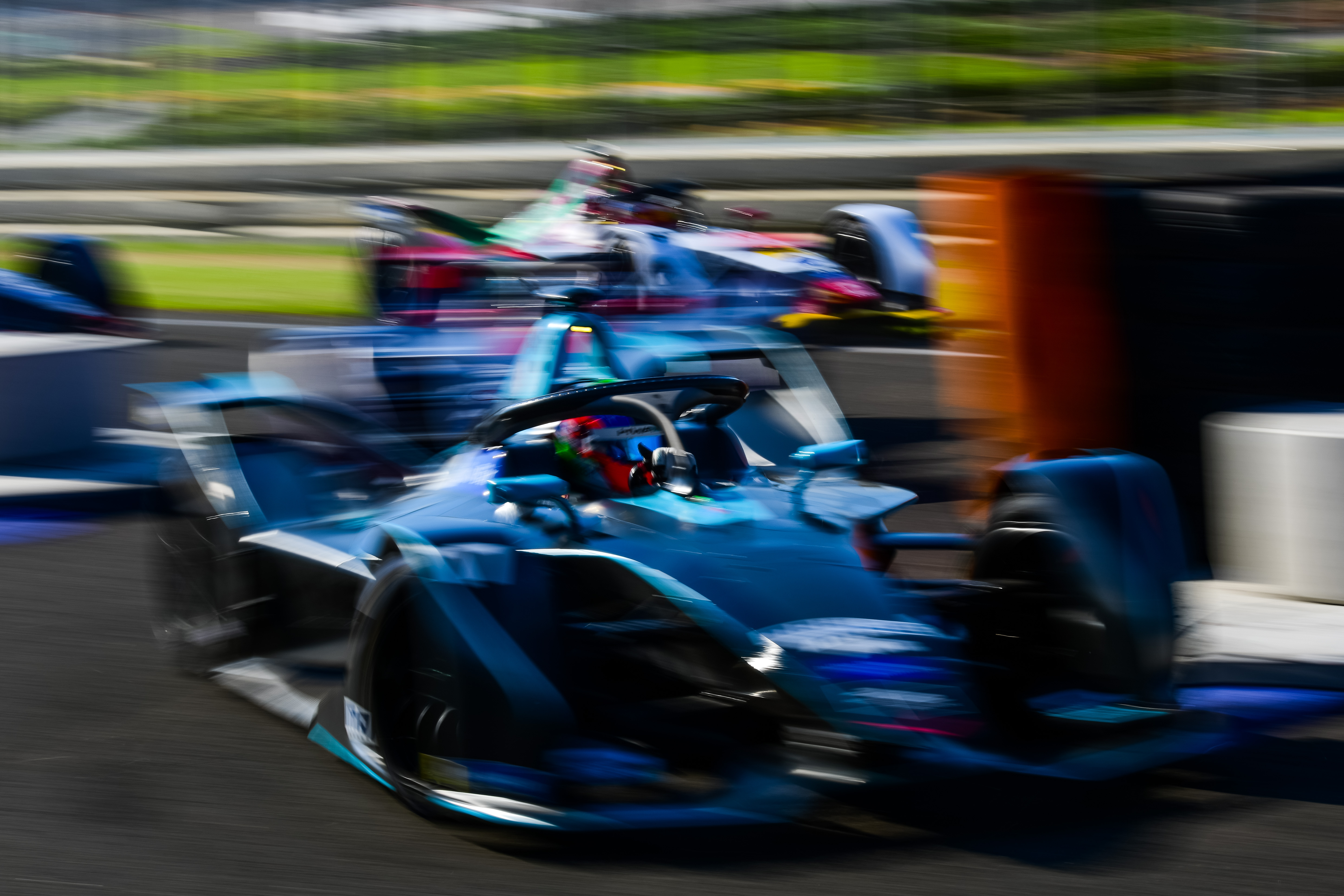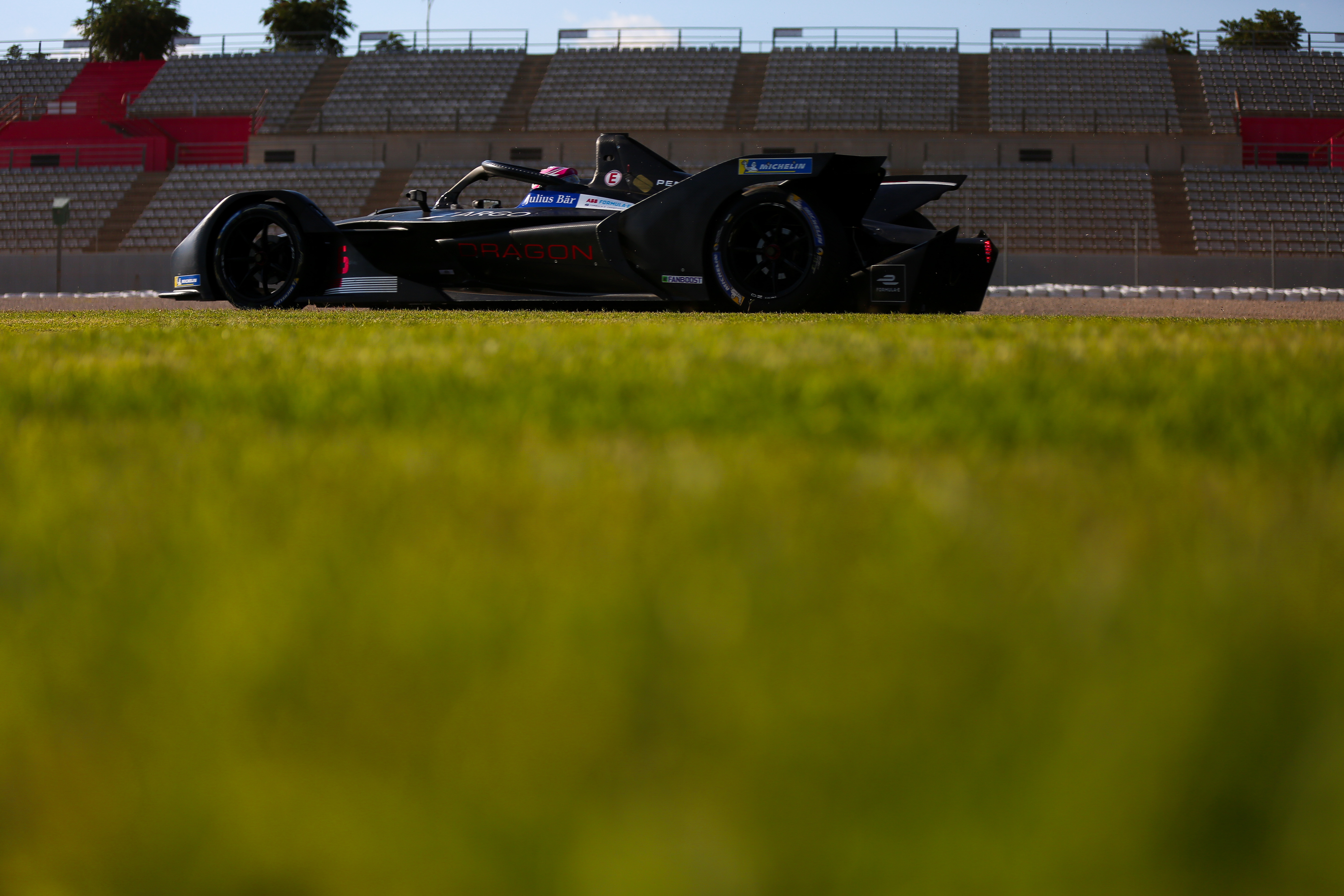A hastily arranged substitute event at Valencia next month would be met with some trepidation among Formula E drivers and teams.
FE looks increasingly likely to hold a double-header at the Spanish circuit on the first weekend of April – a date left vacant by the cancellation of the Rome E-Prix – as part of its efforts to maintain a calendar amid the coronavirus crisis.
It arranged for all the series’ cars to be grouped at Valencia following the recent Marrakesh E-Prix as part of its contingency planning.
The Valencia races would be unlike anything in Formula E’s history so far.
The vast majority of the championship has taken place on temporary street circuits, bar the altered version of the Mexico City Formula 1 track and the part-permanent Marrakesh circuit.
As a traditional permanent track with runoff areas and gravel traps, Valencia is a very different proposition.

Formula E has used the track for pre-season testing for the past three years, holding simulated races on the last two occasions.
The October 2019 trials were held to explore new sporting regulations such as the deduction of energy relating to a race suspension period.
The races were criticised by some teams and drivers as they featured multiple collisions and resulted in what some felt was unnecessary damage inflicted.
“With the test races everyone tried to be careful and yet everyone hit each other because of the accordion effect at the chicane” :: Neel Jani
The track can feature a variety of lap configurations. If the 2019 test layout is used for races, at 1.92 miles it become the longest on the current Formula E calendar.
That circuit included a contentious chicane on the pit straight, where several incidents occurred during the three days of testing with drivers hitting the temporary wall erected there.
Ironically fewer chicanes are being used in Formula E this season, with both the Santiago and Mexico City tracks already modified in an effort to eradicate tight complexes.

The other key issues with racing at the Valencia facility would be managing track limits as low profile kerbing and copious runoff areas allow drivers to take optimum lines that bypass the conventional racetrack.
It remains to be seen if Formula E would consider creating temporary barriers on sections of the track in order to manage the limits of the actual circuit.
Drivers believe that careful thought would have to be given to a final track layout should races be held there.
“Track limits especially would need attention and we would have to be 100% clear on what to follow” :: Maximilian Gunther
Neel Jani was one of the several drivers to fall foul of the chicane last October and said this and track limits would be the two hot topics leading into a potential event at Valencia.
“You saw with the test races we did last year that everyone tried to be careful and yet everyone hit each other because of the accordion effect at the chicane,” Jani told The Race.
“The second-last turn is the major one for the limits of the track because you just drive over the grass for the line so they would have to do something about this for track limits.
“They will have to definitely think carefully about a chicane and the track limits, these are the two big areas that need to be considered.”

Santiago E-Prix victor Maximilian Gunther broadly agreed with Jani but said that he was comfortable that the promoters and organisers would get a good solution on both topics.
“Track limits especially would need attention and, if we did race there, we would have to be 100% clear on what to follow and what the regulations will be,” Gunther told The Race.
“OK, we know that the chicane from last year is very tight and could lead to some race interruptions and some big crashes.
“I am sure if we do end up racing there that the whole Formula E organisation will handle the two big topics of the chicanes and the track limits.”



